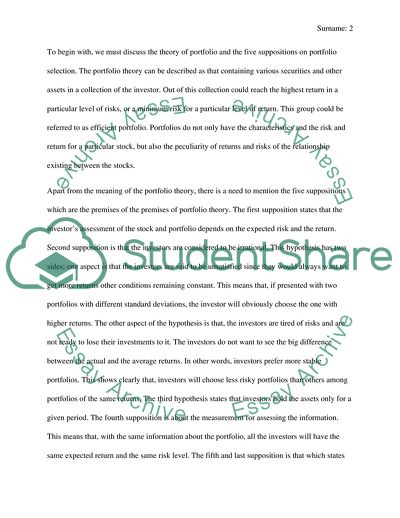Cite this document
(Risk in the portfolio context Essay Example | Topics and Well Written Essays - 1750 words, n.d.)
Risk in the portfolio context Essay Example | Topics and Well Written Essays - 1750 words. https://studentshare.org/finance-accounting/1816663-risk-in-the-portfolio-context
Risk in the portfolio context Essay Example | Topics and Well Written Essays - 1750 words. https://studentshare.org/finance-accounting/1816663-risk-in-the-portfolio-context
(Risk in the Portfolio Context Essay Example | Topics and Well Written Essays - 1750 Words)
Risk in the Portfolio Context Essay Example | Topics and Well Written Essays - 1750 Words. https://studentshare.org/finance-accounting/1816663-risk-in-the-portfolio-context.
Risk in the Portfolio Context Essay Example | Topics and Well Written Essays - 1750 Words. https://studentshare.org/finance-accounting/1816663-risk-in-the-portfolio-context.
“Risk in the Portfolio Context Essay Example | Topics and Well Written Essays - 1750 Words”. https://studentshare.org/finance-accounting/1816663-risk-in-the-portfolio-context.


